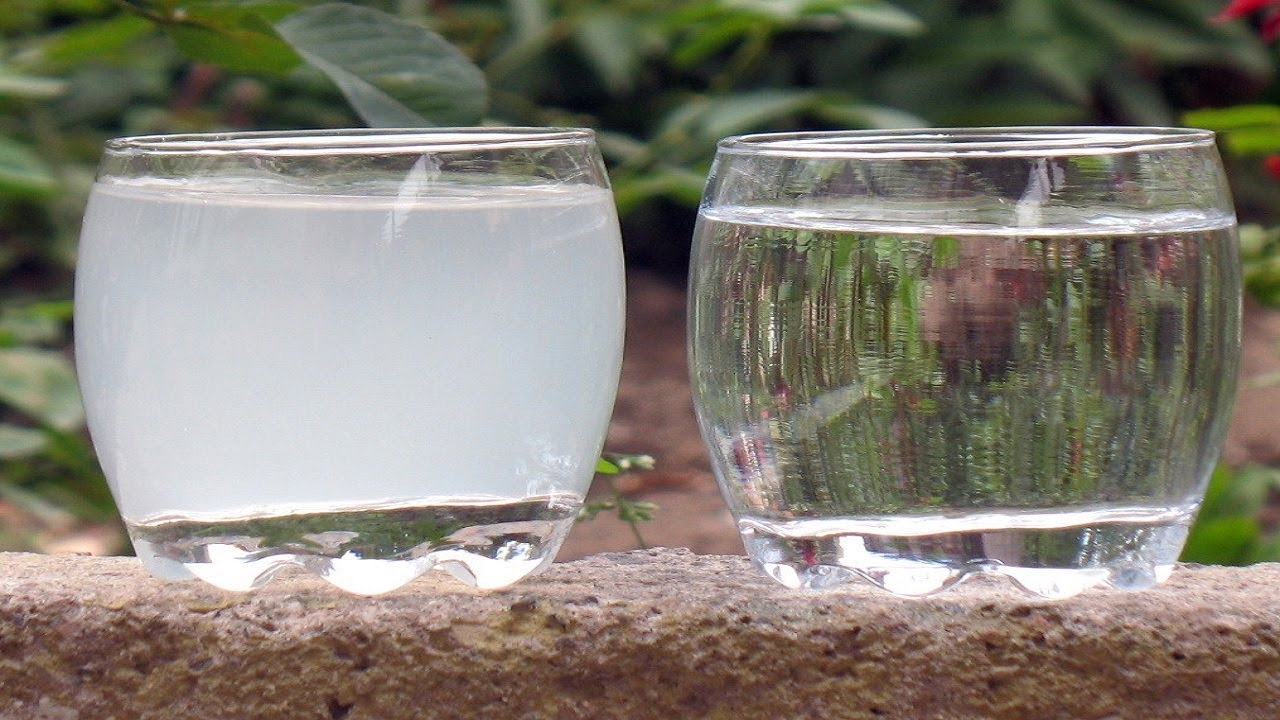Calls for Ukraine
Calls for Europe
Calls for USA

The risk of bladder cancer increases by 33% and colorectal cancer by 15% when chlorine is used to disinfect water.
Chlorinating drinking water at levels common in the United States and European Union likely increases the risk of several types of cancer, according to a new analysis of recent studies from around the world.
The process of disinfecting water with chlorine produces the byproducts trihalomethanes (THMs), which are found in virtually all public drinking water supplies in the United States and the EU – one estimate suggests that about 300 million people in the U.S. have dangerous levels of chlorine in their water.
While the chlorination process is a “cheap, effective and readily available” method of killing microorganisms and infectious diseases, it has drawbacks, the study authors write, including a 33% increased risk of bladder cancer and a 15% increased risk of colorectal cancer.
“What we see is alarming and calls for more high-quality research,” said Emilie Helte, lead author of the paper from the Karolinska Institute in Sweden.
The process of disinfecting water is a critical public health measure that has significantly increased life expectancy since the early 1900s when the U.S. began chlorinating drinking water, as it has greatly reduced microbial infections and waterborne diseases such as cholera and typhoid fever.
It wasn’t until the 1970s that researchers discovered that this process has consequences. When chlorine is added to water, it reacts with organic compounds, such as decomposing plant material, to form hundreds of potentially toxic byproducts.
Some of the most common – chloroform, bromoform, bromodichloromethane and chlorodibromomethane – are known to be genotoxic and carcinogenic to rats.
The U.S. and EU limits for byproducts are 80 parts per billion and 100 parts per billion, respectively, but a new study indicates an increased risk of cancer at a level of 40 parts per billion, which is about the same level found in New York City. According to the Environmental Protection Agency, pollution levels are typically between 40 and 60 particles per billion, and the Environmental Working Group, a nonprofit organization that advocates for public health, believes the safe level is 0.15 particles per billion.
The new meta-analysis is one of the strongest pieces of evidence, as it examined data from about 30 studies and 90,000 participants and found that men are at greater risk of developing disease from chlorinated water than women. The authors only looked at the effects on the bladder and colon because there is not enough research on other cancers. Researchers can’t say for sure why the chemicals most often affect the large intestine and bladder, Helte says.
The issue puts regulatory agencies in a difficult position. Surface water typically has higher levels of THMs than groundwater because it has more organisms and organic matter with which disinfectants react. Water utilities can treat the water for organic matter before disinfection and can potentially reduce the amount of chlorine added, but “it’s important not to use too little disinfectant,” Helte says.
Alternatives, such as treating water with ultraviolet light or installing new filtration systems, are also possible but expensive.
The researchers emphasized that people can still drink municipal water. A supplemental filtration system with granular activated carbon is best for removing contaminants at home.
Please rate the work of MedTour
